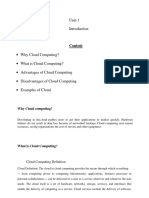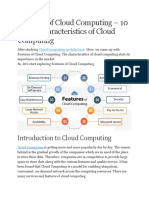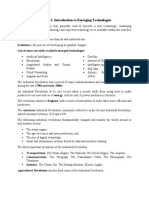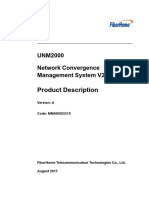0% found this document useful (0 votes)
60 views14 pagesFeatures of Cloud Computing - Javatpoint
Java point cloud de
Uploaded by
manoharkavuru14Copyright
© © All Rights Reserved
We take content rights seriously. If you suspect this is your content, claim it here.
Available Formats
Download as PDF, TXT or read online on Scribd
0% found this document useful (0 votes)
60 views14 pagesFeatures of Cloud Computing - Javatpoint
Java point cloud de
Uploaded by
manoharkavuru14Copyright
© © All Rights Reserved
We take content rights seriously. If you suspect this is your content, claim it here.
Available Formats
Download as PDF, TXT or read online on Scribd
/ 14




















































































